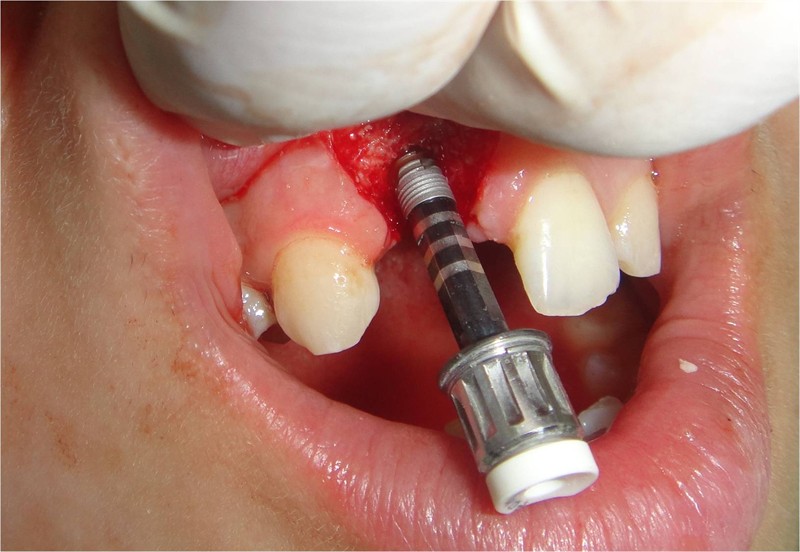
Socket Preservation Therapy
Some Treatments for Gum Disease Are Surgical. Some Examples Are:
Socket Preservation Therapy is a Procedure in Which Graft Material or Scaffold is Placed in the Socket of an Extracted Tooth at the Time of Extraction to Preserve the Alveolar Ridge. After Extraction, Jaw Bones Have to Be Preserved to Keep Sockets in Its Original Shape. Without Socket Preservation, the Bone Quickly Resorbs. The Jaw Bone Will Never Revert to Its Original Shape Once Bone is Lost and Tissue Contour Has Changed.
Socket Preservation Differs From Ridge Augmentation in Socket Preservation, the Graft or Scaffold is Placed Inside the Tooth Socket Immediately After Extraction, Whereas the Ridge Augmentation Grafting Procedure is Done to Bring Back the Lost Bone After the Bone Has Resorbed and There is Insufficient Ridge Height or Width for Further Treatment Procedure.

Benefits
Socket Preservation Procedure Prevents Immediate Bone Resorption After Extraction Thus Keeping the Contour and Integrity of the Socket With Successful and Natural Looking Appearance for Tooth Restorative Procedures. All Dental Prosthesis Requires Good Jaw Bone Support for It to Be Successful in the Long Run. Without Socket Preservation, Residual Bones Could Lose Volume Resulting in Loss of Facial Vertical and Horizontal Dimension and Changes in Facial Soft Tissues Aesthetics.
Types of Materials That Could Be Used for Socket Preservation
- Autograft – Bone Harvested From Patient’s Own Body.
- Xenograft – Bone Grafts or Collagen From Bovine Origin.
- Allograft – Irradiated Block Bone Graft From Cadaver.
- Alloplast – Synthetic Biomaterials Such as PLGA, Hydroxyapatite, Tricalcium Phosphate, Bioglass – Ceramics Etc.